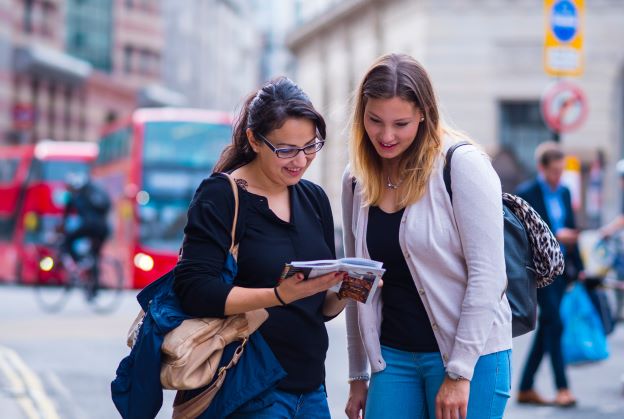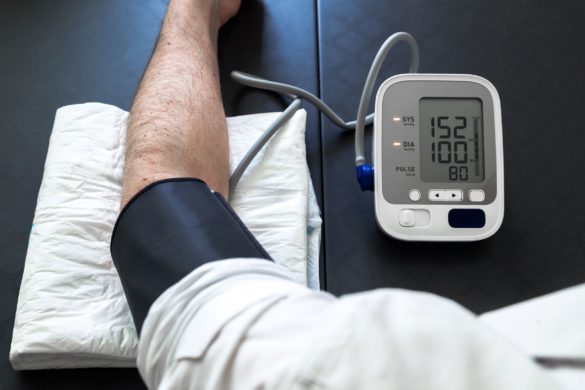Life as a university student in the UK is nothing short of vibrant. It is a time for truly coming of age, for discovering and experiencing new things. It is also a period for personal responsibility and growth – and a time for being cash-strapped if we’re being honest.
Whether you are a foreign exchange student new to the UK, or a domestic national about to get their first taste of complete independence, it’s important that you know the different options available to you for domestic travel. Here we will look at some of the more common modes of public transport, and the finances involved in running your own private transport.
Modes of Public Transport
Rail
The UK’s extensive rail network is the backbone of the nation’s domestic transport infrastructure, and an indispensable way to get from major city to major city. The routes are fast and accessible, making the discovery of new areas in the UK a breeze. With student rail passes and discount cards, the cost of travel is subsidised even further.
Bus
Local bus networks are a lifeline for many households, and a supremely popular form of transport in university cities to get from accommodation to campus and back. Buses are also mercifully cheap, especially in the north where regional mayors are working to simplify services and eventually bring operators back under public ownership.
Car
Despite the prevalence and popularity of public transport like buses and trains, it is the car that has the nation most enthralled by far. According to recent statistics, cars are by far and away the most popular form of transport, with 93% of journeys that took place in 2020 done via motor vehicle.
Running a Car on a Low Budget
Driving a car in the UK is an incredibly handy way to get around, but also notoriously expensive – especially as rising fuel costs contribute to an overall cost-of-living crisis. It is possible to run a car cheaply, though. The key to keeping costs as low as possible is to maximise fuel efficiency and minimise maintenance costs; doing your own repairs can limit costs significantly, while driving economically can save hundreds in fuel each year.
Buying Used
Running costs can eventually be a deal-breaker for some, but the biggest affordability challenge often comes with the initial purchase of a car. This is especially true for students, where savings and maintenance loans can be difficult to justify spending on a car.
Thankfully, the second-hand car market is particularly vibrant in the UK. By looking at used cars for sale in online dealerships or through private listings, you can find an inexpensive vehicle in good condition; the higher their reputation for reliability and fuel economy, the better.
With used car dealerships, there are often additional ways in which you can bring costs down. You may be able to negotiate a long-term repayment plan or finance agreement, or the inclusion of breakdown cover and other extras that can make your life easier.












